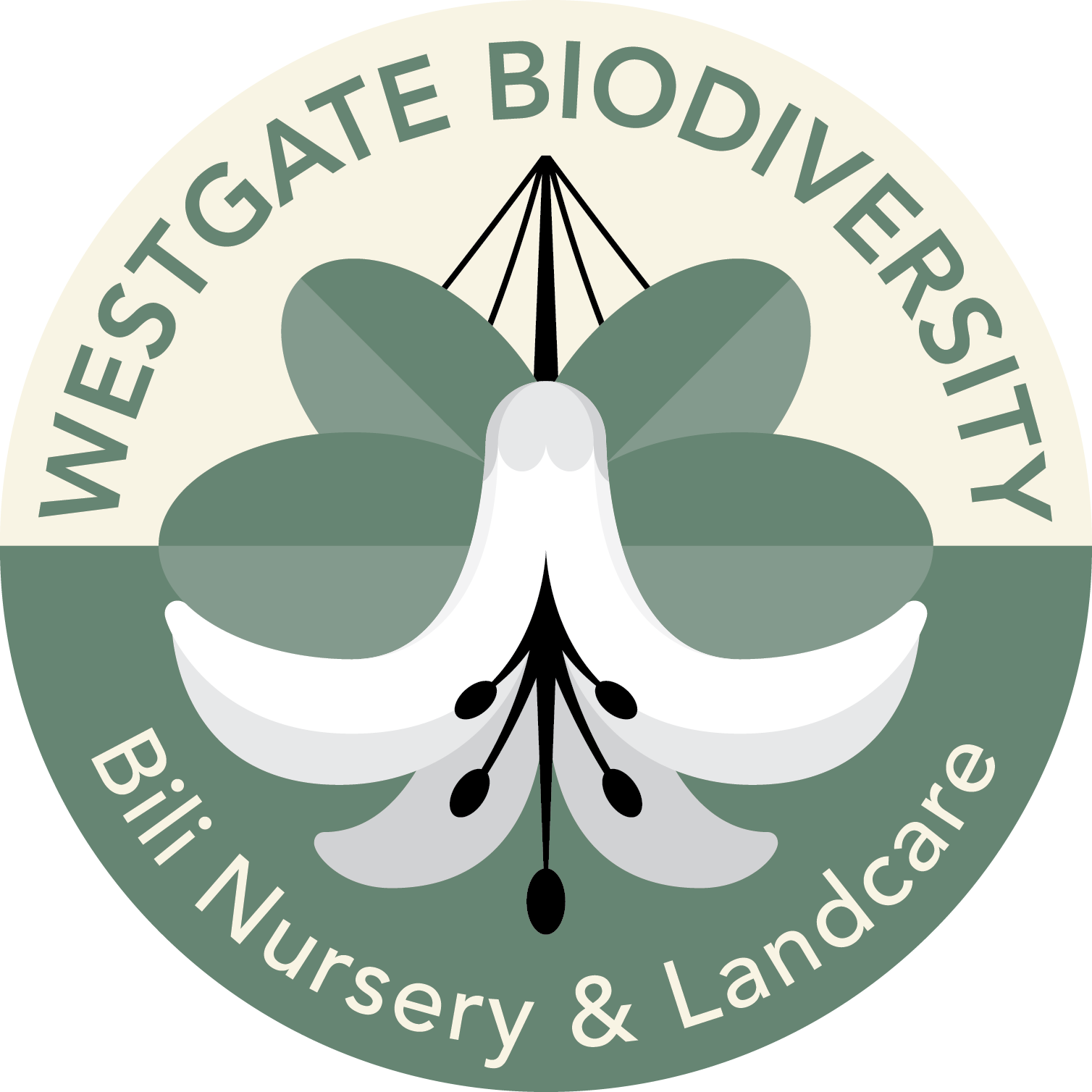Biodiversity
….. when we try to pick out anything by itself, we find it hitched to everything else in the universe.
John Muir, US nature writer
We chose our name – Westgate Biodiversity: Bili Nursery & Landcare – when Friends of Westgate Park and the St Kilda Indigenous Nursery amalgamated in June 2018, to express our deep commitment to improving biodiversity.
At its most basic, biodiversity is about the totality of living things and the value of having a diverse range and number of species in a particular area or habitat.
320 indigenous species – see here for the list – have been planted since 1999 in the 40 hectares that is Westgate Park. This makes it relatively biodiverse, particularly since much of the Park is mown lawn, as it is in most urban parks.
Roughly the same number of non-plant species have arrived at Westgate Park over that time and are resident or visit periodically. So far we have identified, recorded and photographed around 160 birds species, many breeding in the Park, 70 species of fungi, over 100 insects (undoubtedly there are many more than this that remain to be discovered), 2 species of frogs, tiger snakes, the blue-tongue lizard, long-neck turtles, micro bats, flying foxes and, our only marsupials; the ring and brush-tail possums.
It is clear that biodiversity at Westgate Park is much more than just numbers of species. We can now observe what are called biological communities where species interact in complex relationships, creating stability. Here are some examples of this at Westgate Park:
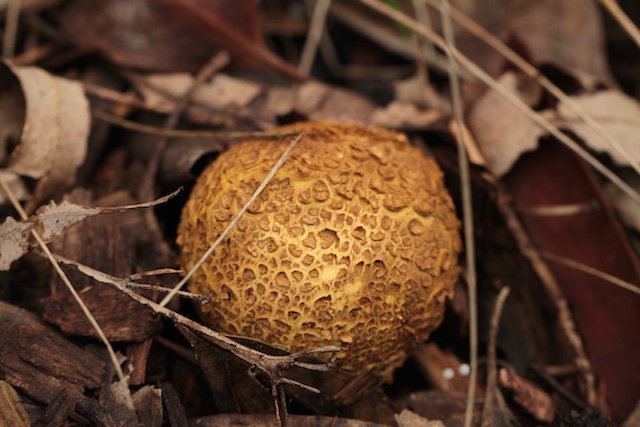
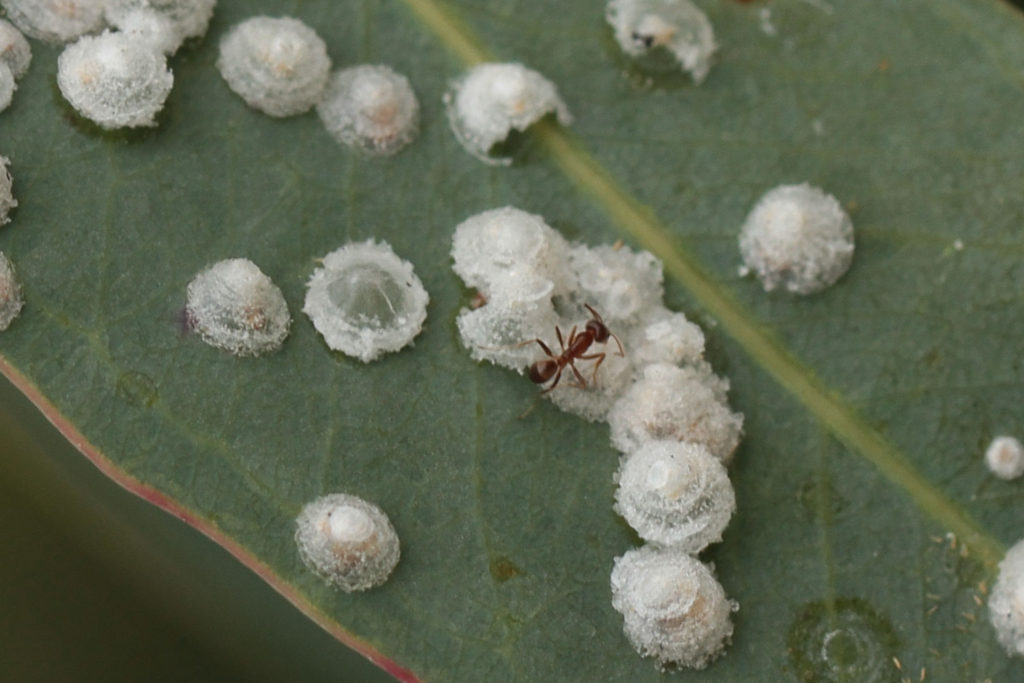
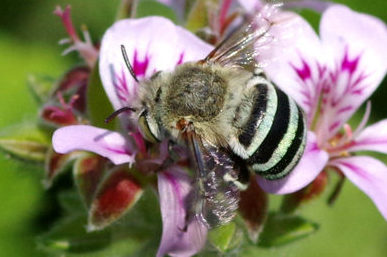
- Scleroderma – a puffball fungus that we know has a symbiotic relationship with eucalypts, wrapping its hyphae in and around tree roots, providing nutrients and water in exchange for sugars made by plants from photosynthesis
- Glycaspis – a lerp insect that draws honeydew from eucalypt leaves, is kept in check by the beautiful Spotted Pardalote (bird) whose diet is mostly the sugary cover the lerp constructs and the tiny lerp itself
- Amegilla – the Blue Banded Bee is one of just three native bees able to ‘buzz’ pollinate a handful of native flora including the Hibbertia species, that will only release their pollen in response to this shivering action. It seems likely that this behavior has co-evolved to confer an advantage to one or both species. (photo Luis Mata)
Our 320 plant species are a mix of trees, shrubs, wildflowers, climbers, grasses and groundcovers, reflecting a natural diversity of plant forms.
They are set out in the Park in nine EVCs to create habitat diversity and to suit the broad range of constructed landscape forms and substrates. See more here about EVCs.
A food chain is now evident with a natural hierarchy of:
- decomposers – fungi, microbes etc. providing nutrients and healthy soil
- primary producers – plants converting solar energy into sugars through photosynthesis
- herbivores – insects, possums and birds
- omnivores – lizards, bats, yabbies
- predators – frogs, birds, dragonflies, spiders, bugs, mantids, birds, Rakali,
- larger predators – raptors, snakes (and feral foxes)

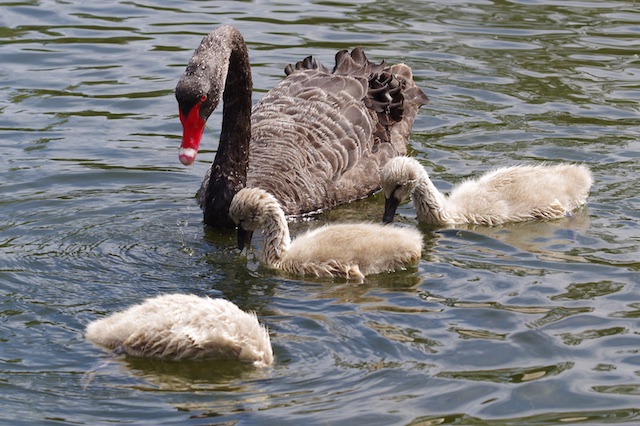
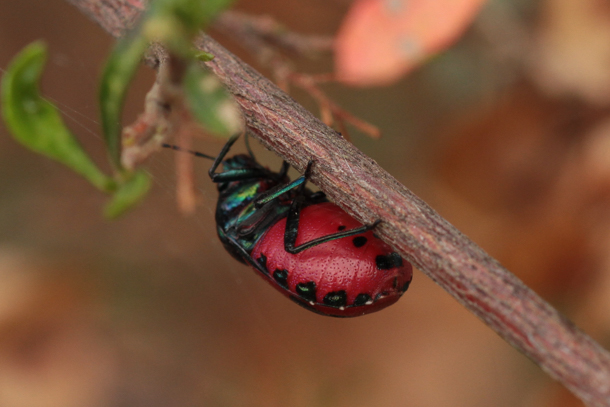
Biodiversity can also be about limited diversity in for instance only selecting plants that are of local provenance and genetically similar, to ensure suitability for local conditions. Species that are unique or have an unusually small range may also have limited genetic diversity but are nonetheless important.
And finally, there is agreement internationally that biodiversity is of the utmost importance and nations have committed to arresting the overall decline in species and their natural habitats.
Governments recognise the importance of people understanding the value of biodiversity. Our cities are where most people now live and so urban parks, council reserves, corridors and private gardens can play a vital role in engaging people in biodiversity.
Protecting what remains of indigenous vegetation is crucial but so is revegetation and recovery of those species at risk. Without substantial revegetation in new places, our area of indigenous bushland will continue to be eroded.
Our nursery (formerly SKINC) has for many years propagated plants identified as rare, threatened, endangered or extinct in our area and made them available to councils, landscape contractors and residents and of course to Westgate Park. Many of these species are now thriving in the Park and producing the abundant seed and cutting stock needed for ongoing propagation and wider distribution in the region.
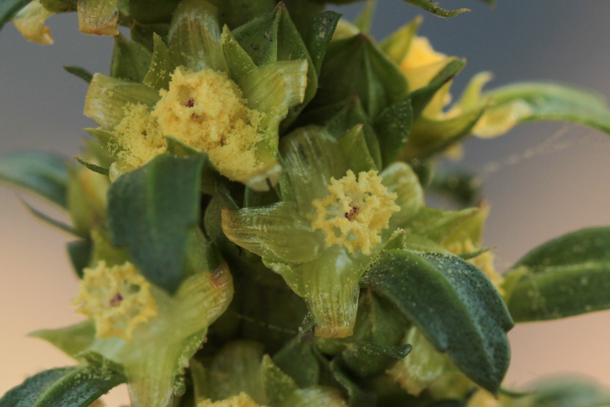
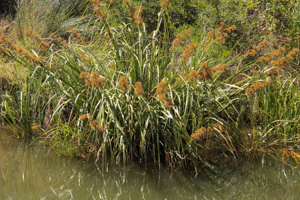
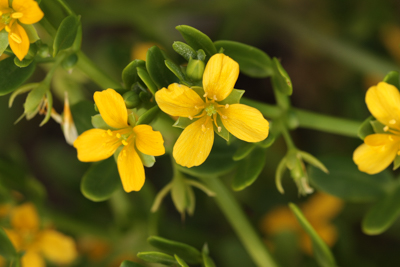
We cannot be certain about the impact of climate change on our indigenous species, however, predictions by the CSIRO and Bureau of Meteorology suggest major impacts on biodiversity by 2070 with hotter and drier weather and more extreme events. Melbourne’s climate is predicted to be similar to that of Adelaide by 2050 if high greenhouse emission levels continue.
The heat-island effect already apparent in inner Melbourne may mean that Westgate Park can provide valuable insights into the future resilience and adaptability of indigenous plants to climate change. We certainly think that having them well established throughout the region will improve their ability to do this.
